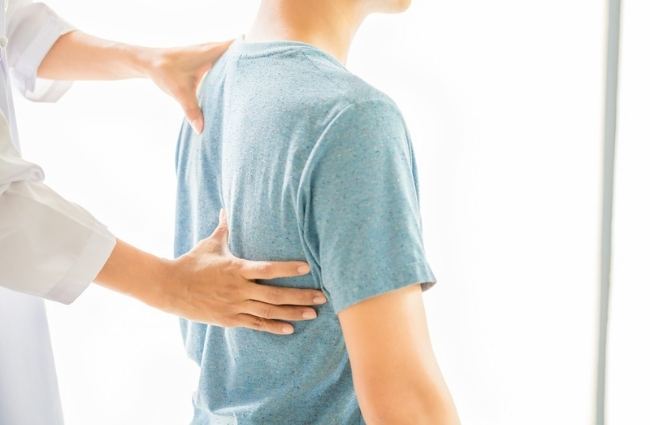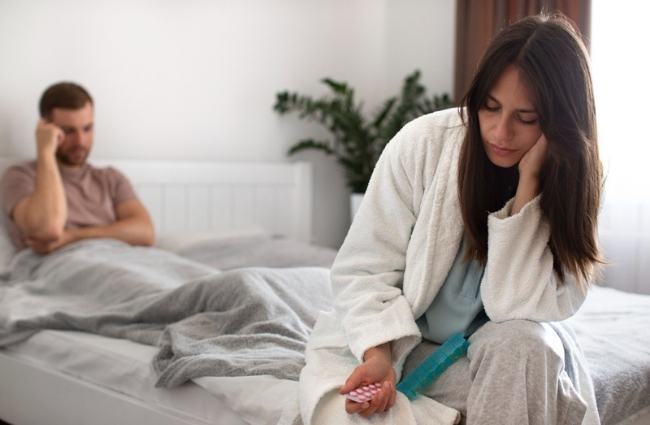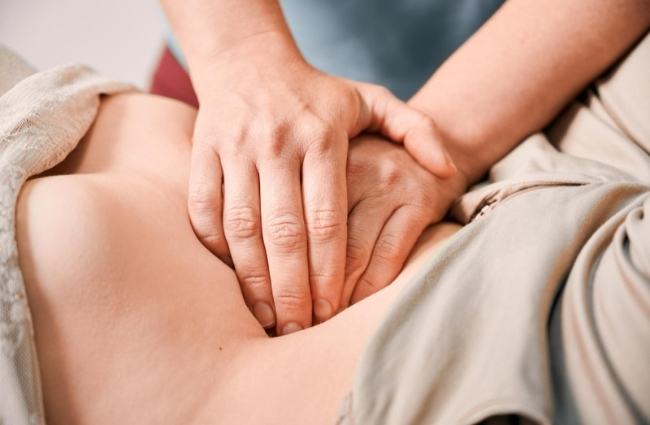Lower abdominal pain in women can range from mild discomfort to severe, persistent pain. It may be linked to menstrual cycles, digestive issues, infections, or underlying medical conditions. While some cases resolve on their own, others require medical attention.
If you’ve ever experienced lower abdominal pain, you know how disruptive it can be. Whether it’s a dull ache or sharp cramps, understanding the causes and treatment options can help you manage symptoms effectively.
Table of Contents
- Common Causes of Lower Abdominal Pain in Women
- Symptoms to Watch For
- When to Seek Medical Help
- Home Remedies & Lifestyle Changes
- Medical Treatment Options
- Prevention Strategies
- How Lifetime Primary Care Can Help
- Final Thoughts
1. Common Causes of Lower Abdominal Pain in Women
Lower abdominal pain can stem from various conditions, including:
Menstrual Cramps (Dysmenorrhea)
Menstrual cramps occur when the uterus contracts to shed its lining. Some women experience mild discomfort, while others endure severe pain that interferes with daily activities.
Ovulation Pain (Mittelschmerz)
Some women feel a sharp or dull ache during ovulation, typically in the middle of their cycle. This pain usually lasts a few hours to a day and is generally harmless.
Urinary Tract Infections (UTIs)
UTIs occur when bacteria enter the urinary tract, leading to pain in the lower abdomen, frequent urination, and a burning sensation.
Endometriosis
Endometriosis occurs when uterine tissue grows outside the uterus, causing chronic lower abdominal pain, especially during menstruation.
Ovarian Cysts
Fluid-filled sacs on the ovaries can cause pressure or sharp pain, particularly if they rupture.
Pelvic Inflammatory Disease (PID)
PID is an infection of the reproductive organs that can lead to serious complications if untreated.
Gastrointestinal Issues
Conditions like constipation, gas, or irritable bowel syndrome (IBS) can cause lower abdominal discomfort.
Ectopic Pregnancy
An ectopic pregnancy occurs when a fertilized egg implants outside the uterus, often in the fallopian tube. This condition is life-threatening and requires immediate medical attention.
Appendicitis
Appendicitis causes sharp pain in the lower right abdomen and requires emergency surgery to remove the inflamed appendix.
2. Symptoms to Watch For
Lower abdominal pain can manifest in different ways, ranging from mild discomfort to severe, persistent pain. Some common symptoms include sharp or dull sensations, bloating, and a feeling of pressure in the lower abdomen. Pain during urination may indicate an infection, while irregular menstrual cycles can signal underlying hormonal imbalances or reproductive health concerns. In some cases, fever or chills accompany the pain, suggesting an infection that requires medical attention. Nausea, vomiting, and pain during intercourse can also be warning signs of a more serious condition. If any of these symptoms persist or worsen, it is essential to seek a professional evaluation to determine the cause and appropriate treatment.
3. When to Seek Medical Help
Certain symptoms of lower abdominal pain should not be ignored, as they may indicate serious health concerns. If the pain is severe and sudden, it could signal an emergency condition such as appendicitis or an ectopic pregnancy. Fever and vomiting alongside abdominal discomfort might point to an infection requiring medical intervention. Difficulty urinating or blood in the urine suggests possible urinary tract or kidney issues, while unexplained weight loss could indicate an underlying condition that needs further investigation. Additionally, if the pain lasts longer than a few days or worsens with movement, seeking prompt medical attention is crucial. Early diagnosis and treatment can help prevent complications and ensure better health outcomes.
4. Home Remedies & Lifestyle Changes
Managing lower abdominal pain at home involves:
-
Applying heat – A heating pad can relax muscles and ease cramps.
-
Staying hydrated – Drinking water helps prevent UTIs and digestive discomfort.
-
Eating a balanced diet – Fiber-rich foods support digestive health.
-
Practicing relaxation techniques – Yoga and meditation can reduce stress-related pain.
-
Taking over-the-counter pain relievers – Ibuprofen or acetaminophen can help with mild pain.
-
Getting enough rest – Sleep is essential for recovery and pain management.
5. Medical Treatment Options
If home remedies aren’t enough, medical treatments may include:
Pain Management
-
NSAIDs (Ibuprofen, Naproxen) – Reduce inflammation and pain.
-
Acetaminophen – Helps with mild to moderate pain.
Antibiotics
-
Prescribed for infections like UTIs or PID.
Hormonal Therapy
-
Birth control pills – Help regulate menstrual cycles and reduce pain.
-
Hormonal IUDs – Can help manage endometriosis-related pain.
Surgical Intervention
-
Ovarian cyst removal – If cysts cause severe pain or rupture.
-
Appendectomy – Removal of the appendix in cases of appendicitis.
-
Laparoscopic surgery – Used for diagnosing and treating endometriosis.
6. Prevention Strategies
While some causes of lower abdominal pain are unavoidable, certain lifestyle changes can help reduce the risk:
-
Maintain a healthy diet – Avoid processed foods and excessive sugar.
-
Exercise regularly – Helps regulate hormones and improve digestion.
-
Practice safe sex – Reduces the risk of infections like PID.
-
Stay hydrated – Prevents UTIs and digestive discomfort.
-
Manage stress – Chronic stress can worsen pain conditions.
-
Get regular check-ups – Early detection of conditions like ovarian cysts or endometriosis can prevent complications.
7. How Lifetime Primary Care Can Help
At Lifetime Primary Care, we are committed to helping individuals overcome lower abdominal pain through a comprehensive approach tailored to each person’s needs. Our personalized treatment plans ensure that you receive targeted strategies to address your specific challenges.
We offer diagnostic testing to determine the root cause of your pain, along with medication management to provide relief when necessary. Our team provides therapy and counseling services for stress-related pain and holistic wellness programs that incorporate lifestyle changes, mindfulness practices, and stress reduction techniques.
Whether you need long-term guidance or immediate relief strategies, our dedicated professionals are here to walk alongside you on your journey to better health.
8. Final Thoughts
Lower abdominal pain can be disruptive, but understanding its causes and treatment options can help you manage symptoms effectively. Whether it’s menstrual cramps, digestive issues, or infections, taking proactive steps can improve your well-being.
If your pain persists or worsens, don’t hesitate to seek medical advice. Early diagnosis and treatment can prevent complications and improve your quality of life.
Disclaimer
This blog is for informational purposes only and should not replace professional medical advice. Always consult a healthcare provider for personalized guidance.



